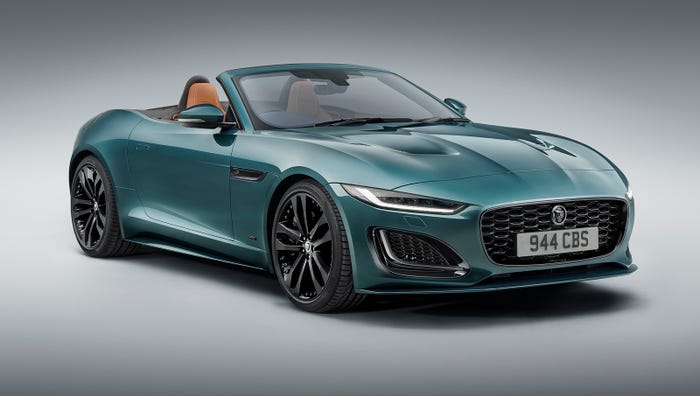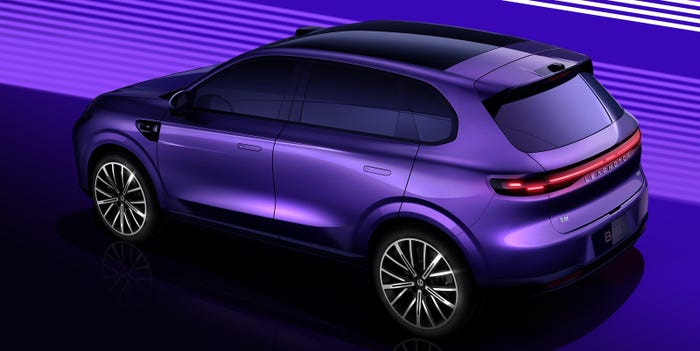Vehicle Headliners Continuing to Evolve
The Audi A6 was the first vehicle to feature flat knits, which were highly formable and functional, allowing designers greater latitude.


Special Report
 Ward’s Auto Interiors Show
Ward’s Auto Interiors Show

DETROIT – Fabrics used for vehicle headliners and other interior applications have come a long way since the advent of brushed tricot knits, referred to as “rat fur” by industry insiders.
As automotive interiors become increasingly important to auto makers and their customers, suppliers have sought to develop an alternative to nappy-textured knits.
Indeed, development of new materials is moving along at a fevered pitch, experts say at the 2007 Ward’s Auto Interiors Show here.
Although headliner fabrics largely have moved beyond tricot knits, there still is a use for the material in the automotive industry, says Tom Dellinger, technical sales manager, Glen Raven Technical Fabrics LLC.
“There is a negative perception (of tricot knits) by people who prefer a flat look,” he says during a panel discussion on “Beyond Rat Fur: New Approaches to Headliner Fabrics.”
“But rat fur still has appeal due to its performance and even appearance,” Dellinger says.
The use of headliners in vehicles actually dates back to stagecoaches, he says. The process used then was called “cut and sew” and eventually was adopted for automotive use.
“It’s a technology where the fabric is cut to a certain shape and is suspended by wires,” says Dellinger. “But you couldn’t hang lights on it or install grab handles.”
By the 1960s, “cut and sew” was replaced by formed parts that allowed a more complex 3-D shape. The process was “highly functional,” he says, but the former cheap fabric couldn’t be used due to its structural limitations.
A very forgiving fabric was needed, and that’s where brushed knits came in. In the mid-1990s, the Audi A6 was the first vehicle to feature flat knits, which were highly formable and functional, allowing designers greater latitude. Flat knits, however, were not without their challenges.
“We needed to rethink the way they were molded and processed,” Dellinger says. “Formed parts needed higher elongation, and there were uneven substrate surfaces.”
The high cost of flat knits also was an obstacle, which led to the development of second-generation flat knits. Today, flat knits are easier to work with but still present a challenge.
“We now have side curtain (airbags), and there’s more overhead constraint,” Dellinger says, adding it’s important for OEMs, suppliers and fabric producers to cooperate during the automotive-development process.
“We need to learn how to work together,” he says. “It seems obvious, but you’d be surprised how many times it doesn’t happen.”
Dellinger says a key objective of his company is the development of environmentally friendly materials that can be 100% recycled at the end of their lifecycle.
Another future trend is the ironic return of “cut and sew” headliners, as retro designs become increasingly popular in the auto industry. However, “we’re talking about bolder textures, unique finishes, different materials and properties and new composites,” he says.
On the other end of the headliner spectrum, where price is no object, Toray Ultrasuede Inc. supplies luxury auto makers with Alcantara, a high-level performance ultra-suede.
Alcantara is a material that resembles suede, although Ole Hansen, business manager-automotive division, says the company prefers not to call it suede because the term has “negative connotations.”
The material primarily is used by European auto makers, and to a lesser extent by Japanese OEMs, in high-end vehicles that start at $70,000. The only U.S. auto maker to use the material is General Motors Corp. in its Cadillac XLR Roadster.
While most of Toray Ultrasuede’s current business comes from the furniture industry, that is changing as more luxury auto makers seek out the material.
“Mercedes-Benz was our first customer to introduce (Ultrasuede) in a mass-produced vehicle, on the S-Class, and it’s starting to trickle down,” Hansen says. Other customers now include Ferrari, BMW, Lamborghini, Audi, Mercedes, Aston Martin, Lexus, Porsche and Jaguar brands.
In addition to headliners, Toray Ultrasuede supplies Alcantara for use in seats, doors, instrument panels, steering wheels and trunk liners, Hansen says.
All together, the company provides 37.7 million sq.-ft. (3.5 million sq.-m) of Alcantara to the auto industry. And starting next year, the material will begin to appear on vehicles in the $60,000-range.
“It’s never going to be a mainstream product – it’s way too expensive,” says Hansen, who declines to reveal Alcantara pricing.
About the Author
You May Also Like





